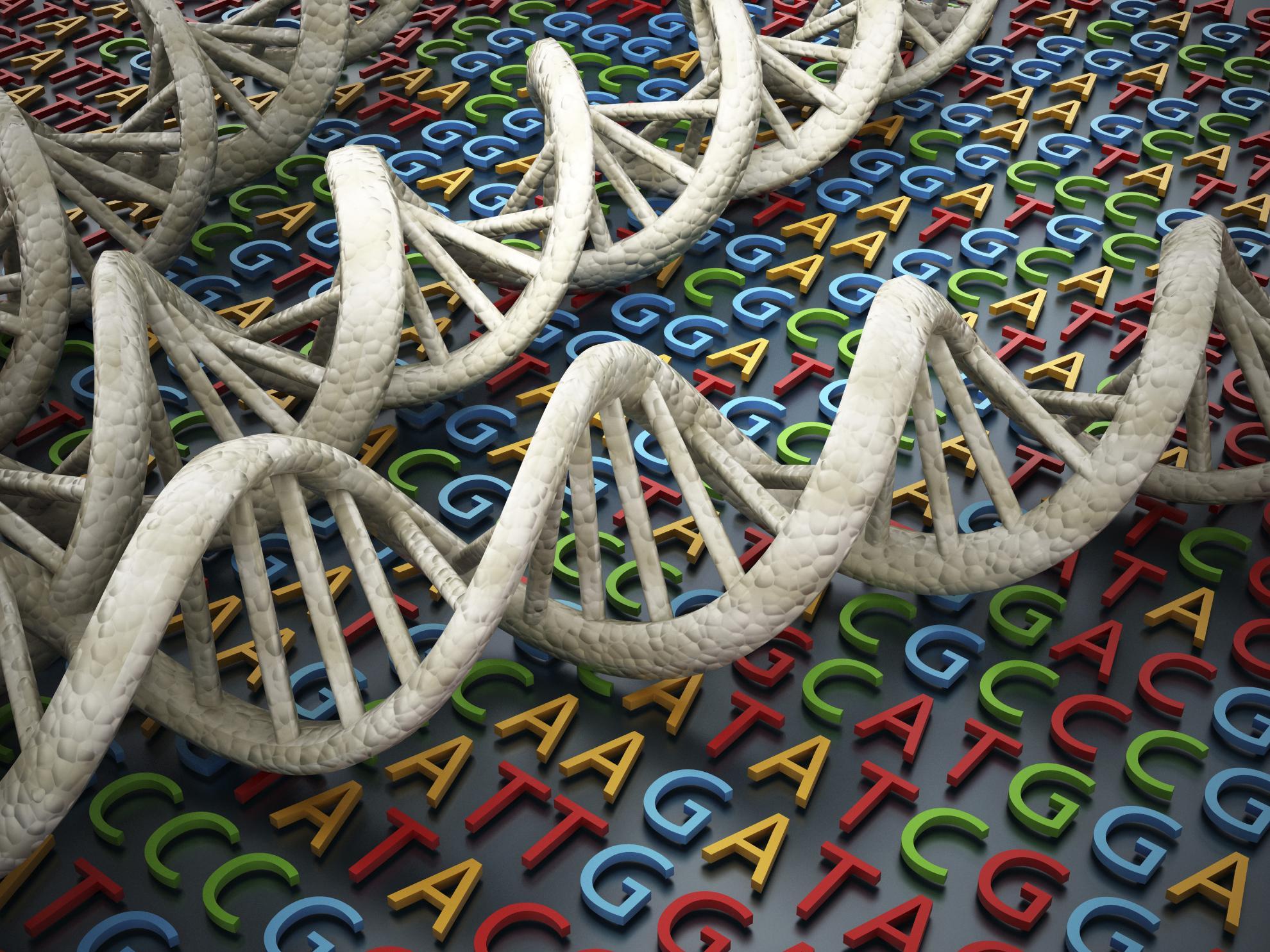Nucleotide variability at its limit? Insights into the number and evolutionary dynamics of the sex-determining specificities of the honey bee Apis mellifera
Deciphering the evolutionary processes driving nucleotide variation in multiallelic genes is limited by the number of genetic systems in which such genes occur. The complementary sex determiner (csd) gene in the honey bee Apis mellifera is an informative example for studying allelic diversity and the underlying evolutionary forces in a well-described model of balancing selection. Acting as the primary signal of sex determination, diploid individuals heterozygous for csd develop into females, whereas csd homozygotes are diploid males that have zero fitness. Examining 77 of the functional heterozygous csd allele pairs, we established a combinatorical criteria that provide insights into the minimum number of amino acid differences among those pairs. Given a data set of 244 csd sequences, we show that the total number of csd alleles found in A. mellifera ranges from 53 (locally) to 87 (worldwide), which is much higher than was previously reported (20). Using a coupon-collector model, we extrapolate the presence of in total 116-145 csd alleles worldwide. The hypervariable region (HVR) is of particular importance in determining csd allele specificity, and we provide for this region evidence of high evolutionary rate for length differences exceeding those of microsatellites. The proportion of amino acids driven by positive selection and the rate of nonsynonymous substitutions in the HVR-flanking regions reach values close to 1 but differ with respect to the HVR length. Using a model of csd coalescence, we identified the high originating rate of csd specificities as a major evolutionary force, leading to an origin of a novel csd allele every 400,000 years. The csd polymorphism frequencies in natural populations indicate an excess of new mutations, whereas signs of ancestral transspecies polymorphism can still be detected. This study provides a comprehensive view of the enormous diversity and the evolutionary forces shaping a multiallelic gene.
Back to publications
Publication
Contributors
Lechner S, Ferretti L, Schoening C, Kinuthia W, Willemsen D, Hasselmann M
Year
2014
Journal
Molecular Biology and Evolution
Volume
31
Issue
2
Pages
272-287
Altmetric details
Associated groups
